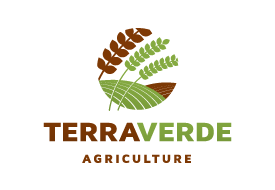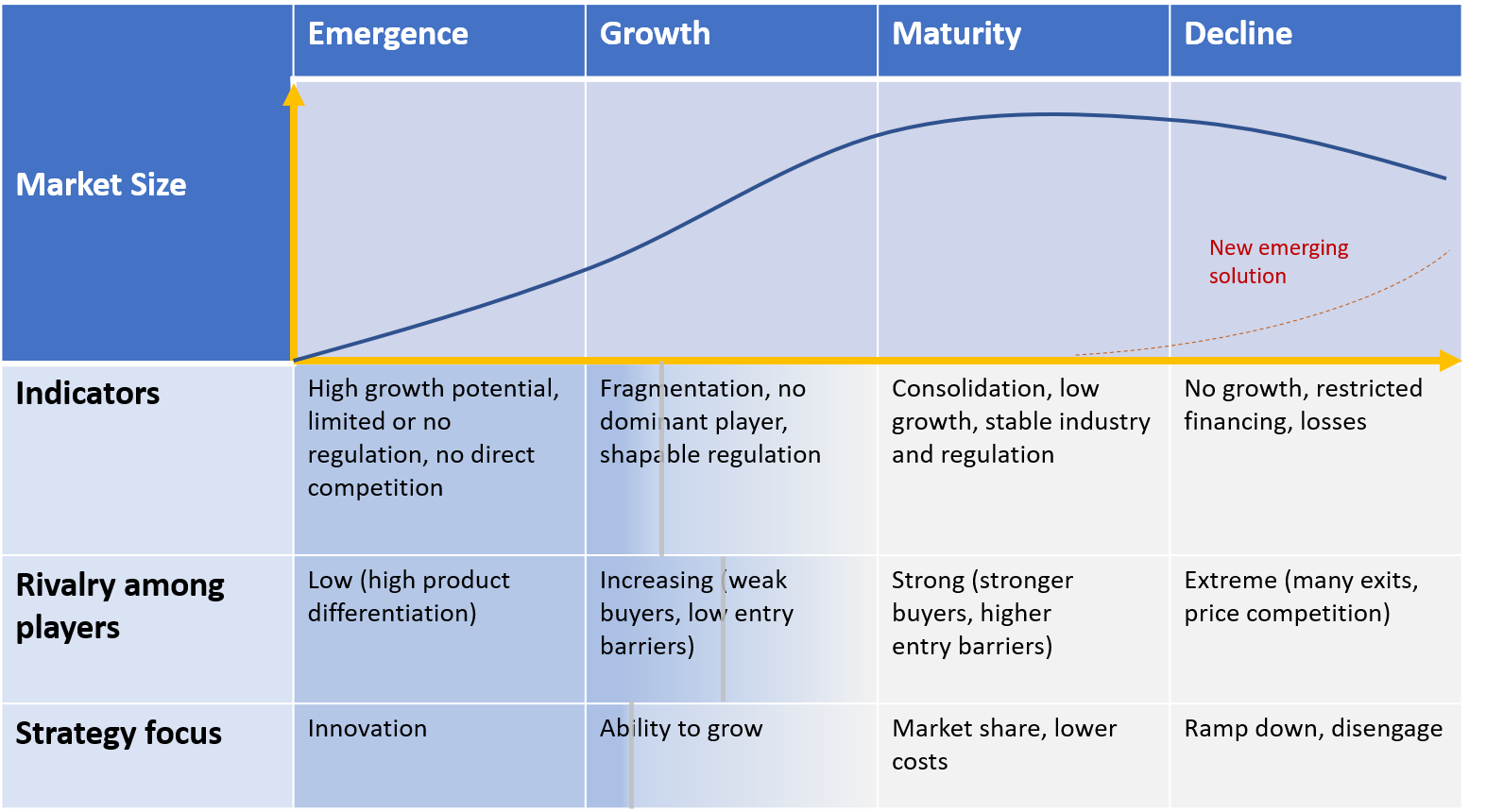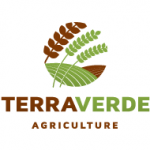



In pursuit of improved agricultural production, TerraVerde Agriculture offers “Smart Farming” technologies amongst the solutions it offers.
What is special about “Smart Farming”? and what benefits does it provide?
The “Smart Farming” space, also known and referred to by some as “Precision Farming” is support of agricultural production decisions in an accurate and appropriate manner by utilizing novel technologies in the fields of sensing, Internet of Things (IoT), big data collection and acquisition, sophisticated data analysis and feedback to the farm and farmer.
Smart Farming is based on knowledge and the objective is to increase production levels by being precise in implementing that knowledge, while saving on inputs and costs. In other words, Smart Farming comes to make production more efficient physically and economically.
The advent of Smart Farming is a direct consequence of the development of information and communications technologies during the recent decades.
The development of these technologies is based on the belief that higher efficiencies can be achieved by utilizing information and communications technology (ICT), the “Internet of Things” and the ability to access and crunch vast amounts of data and return clear , meaningful, and actionable items to the farm and farmer.
Smart Farming Components
Generally, technology utilized for farm management intervention in Smart Farming can be divided according to The type of sensors and sensing methods used in the field and the datasets utilized and quality of data analysis.
Sensing
Precision sensing
Sensing can be localized, intensive and continuous, which is achieved with precision devices:
Data and data analysis
Datasets
Providers of Smart Farming solutions differ in the type, number, and detail level of datasets they utilize.
Data can be obtained from the deployed sensors or external providers of data – proprietary, from growers, or from the public domain.
Data Analysis
The ability to derive insights from the datasets and provide quality information and directives to growers is determined by the depth of data analysis utilized by the supplier and is key to the quality of the supplier. Most providers claim to utilize Artificial Intelligence (AI), Machine Learning as well as Deep Learning in the algorithms they develop.
Suppliers differ substantially in the level and quality of data analysis outputs they provide, particularly when undertaking to provide actionable information to growers.
Whatever the case Smart Farming is perceived as a beneficial approach to streamlining agricultural production and it is presently on the sharp growth curve of its lifecycle.


Igal Flash and Cindy his wife were murdered by Hamas killers in their home in Kfar Aza, in the horrific attack that took place in the Western Negev on Saturday,
october 7.
Igal, was one of the professional pillars of field crops in Israel, especially in the cotton industry and in particularly in the Western Negev. They were brutally murdered in their home at Kfar Aza.
Igal continued a tradition of agriculture in this arid region, personally contributing to the continuous development from ancient rain-fed methods to the modern innovations of the 21st century. Building this robust agricultural environment not only boosted the settlement of a desert region with a thriving local economy, but also led to significant technological progress shared globally.
Further to the ceremony held in Israel we join the family in its mourning and in the fundraising efforts aimed to rebuild their lives, cover funeral expenses in Israel and the memorial in the US.
Be there for the Flash family:
https://gofund.me/014332c4
In addition to the murder and injury of thousands of people, the agriculture in the area was also significantly damaged.
Other support links forwarding to assistance to farmers and donations to victims can be found here: IRONMATCH
Your contributions will be much appreciated.